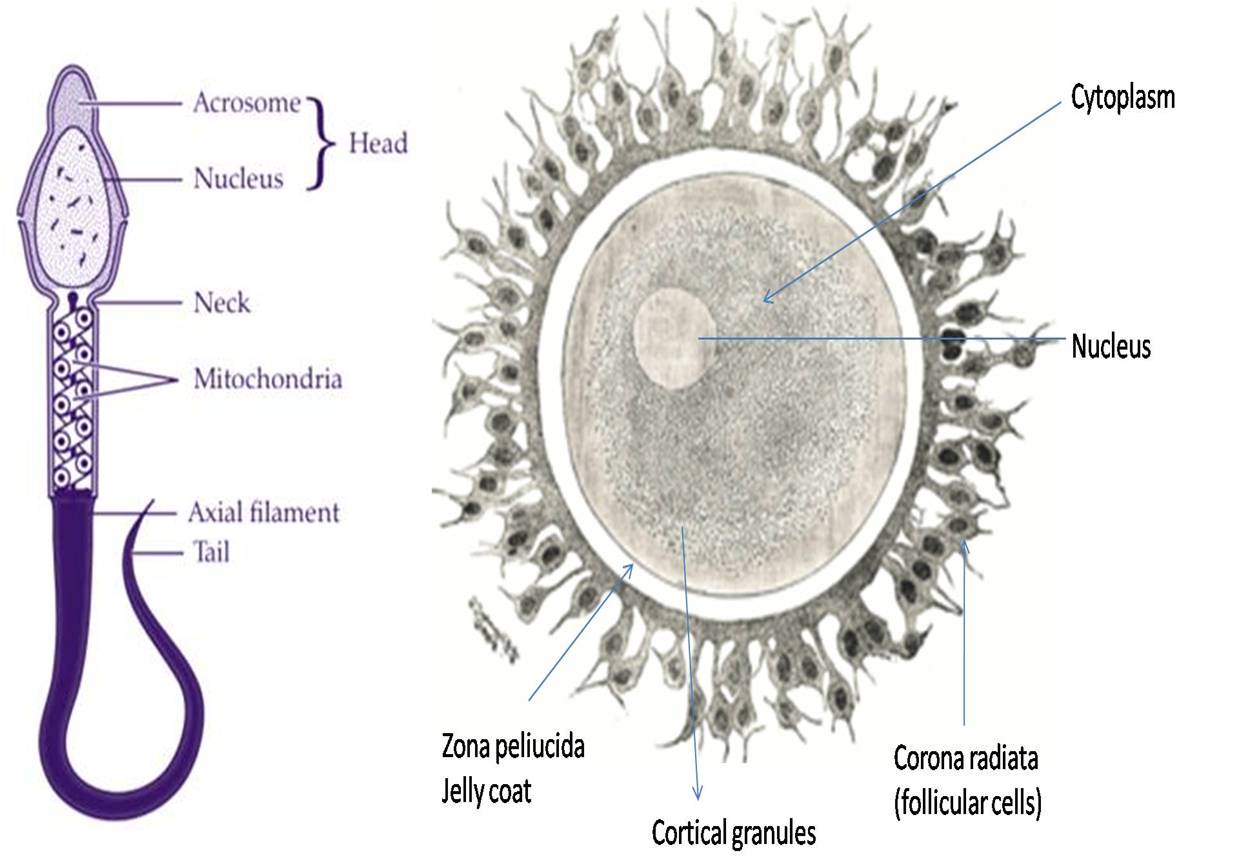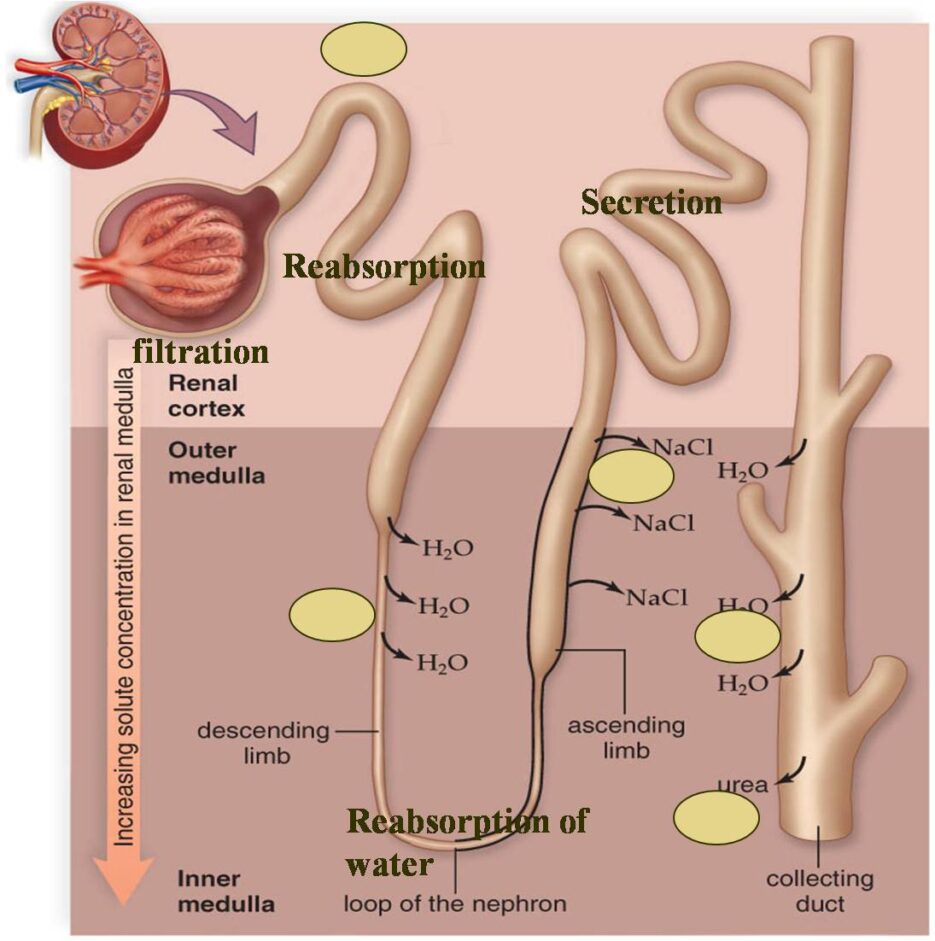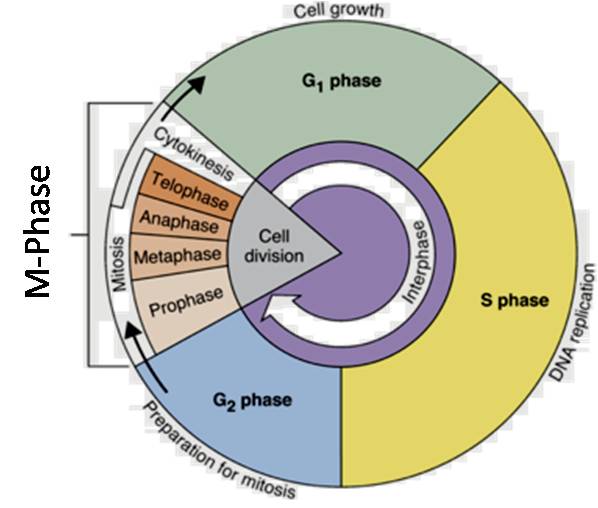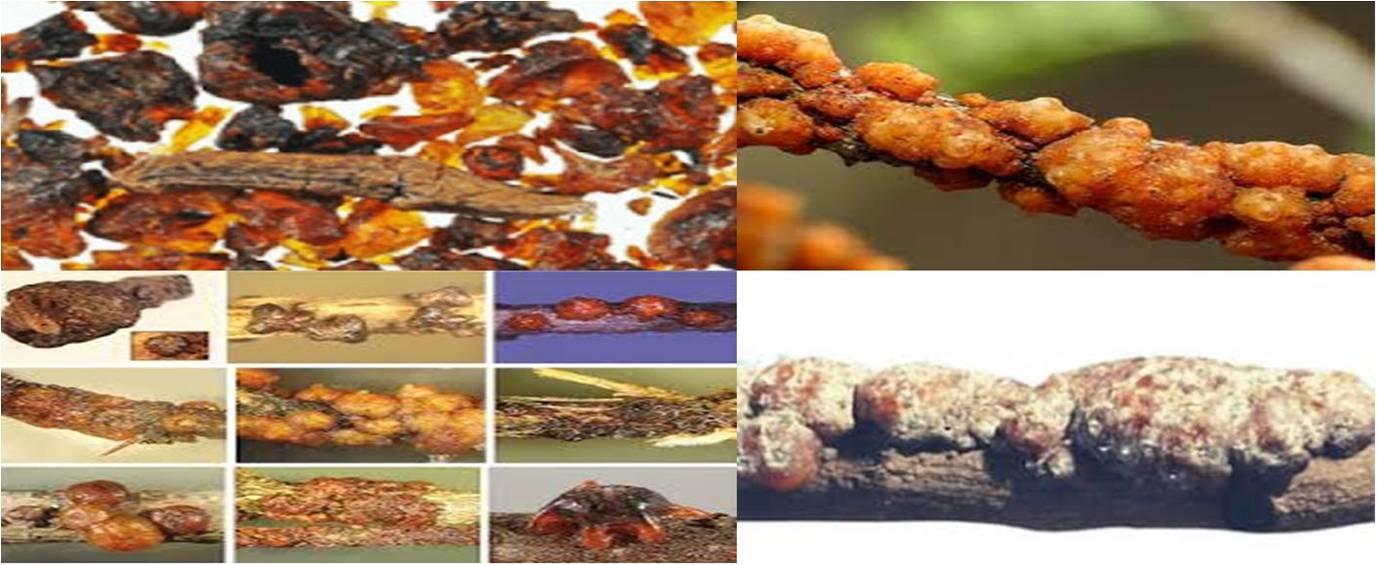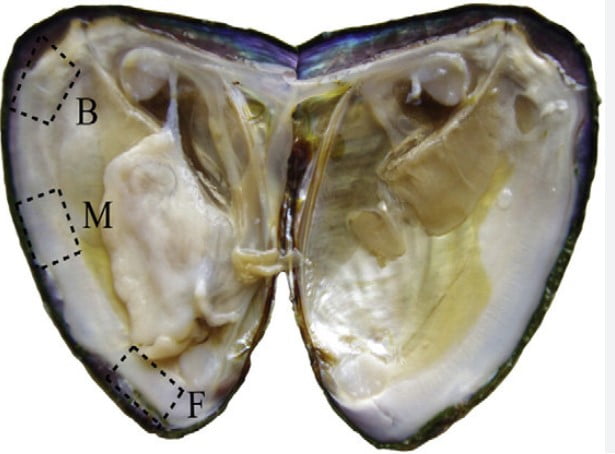Freshwater Pearl culture: Farming practice of the freshwater pearl culture operation involves six major steps sequentially viz., collection of mussels, pre-operative conditioning, surgery, post-operative care, pond culture and harvesting of pearls.
Steps of Freshwater Pearl culture
1. Mussels Collection :
As part of this task, healthy mussels are collected from freshwater bodies such as rivers and ponds. These mussels should be collected manually and kept in containers/pots/buckets along with water. It is recommended to use above 8 cm in anterior-posterior length in freshwater pearl culture. ‘Freshwater Pearl culture’
2. Pre operative Conditioning:
After collecting the mussels or oysters, they should be prepared for pre-culture conditioning for 2-3 (2 or 3 days) days by keeping mussels in the crowded condition in captivity with aged tap water at a stocking density of 1 mussel/liter water. This Pre-culture conditioning helps in the easy handling of mussels during surgery. ‘Freshwater Pearl culture’
3. Implantation of Surgery :
This can be achieved in three ways depending on location.
Mantle Cavity Implantation :
Well, in this process, around about 4 to 6 mm diameter beads should be inserted into the mantle cavity region of the mussel after opening the 2 valves (Make sure the mussels are not injured at both ends during this stage) of species and separating carefully the mantles of anterior sides from the shell with the help of surgical set. Mantle Cavity Implantation can be done in mantle cavities of both valves.
 |
Implantation of Surgery |
Mantle Tissue Implantation :
In this process, the mussels should be divided into 2 groups as the donor mussel group and the recipient mussel group. As part of the procedure, one should prepare the graft which is a kind of small piece of mantle tissue. This can be done by preparing a mantle ribbon from a donor mussel group, and cutting that into small pieces of 2 mm x 2 mm. The implantation should be carried on recipient mussels, which are of 2 types as non-nucleated & ‘nucleated’. In the former method, only the graft pieces are introduced into the pockets created at the inner side of the posterior pallial mantle whereas, in the nucleated method, a grafted piece followed by a small nucleus of 2 mm diameter is introduced in the pockets. In both cases, make sure that the graft or nucleus does not come out of the pocket. Implantation can be done at mantle ribbons of both valves. ‘Freshwater Pearl culture’
Gonadal Implantation :
In this process, the preparation of grafts should be done as described in the mantle tissue method. First and foremost, a cut should be made at the edge of the gonad of the mussel. Then a graft should be inserted into the gonad followed by a nucleus of 2 to 4 mm diameter to keep the nucleus and graft close contact. Make sure that the nucleus touches the outer epithelial layer of the graft and the intestine is not cut during the surgical procedure.
 |
| Gonadal Implementation |
4. Post operative Care of Mussels :
Implanted mussels should be kept in post-operative care units such as nylon bags for 10 to 11 days with antibiotic treatment and supply of natural feed/food. These units should be checked daily for any removal of dead mussels and the ones that reject the nucleus. ‘Freshwater Pearl culture’
5. Pond Culture :
After post-operative care, the implanted mussels should be stocked in the bonds. The mussels should be kept in nylon bags usually 2 mussels/bag and should be hung from bamboo sticks or PVC pipes and placed in ponds at 1-meter depth. The mussels should be cultured at a stocking density of 25,000 to 30,000/ha. The ponds should be fertilized with organic and inorganic fertilizer periodically to sustain the plankton productivity. Periodical examination of mussels should be carried out to remove dead ones and cleaning of bags should be carried out throughout the culture period of 12 to 20 months. When it comes to feeding mussels, they are usually fed with algae, cow dung, and groundnut. ‘Freshwater Pearl culture’
6. Food and feeding
Algae being the predominant component of the first trophic level in aquatic food chain have got much importance in aquaculture systems. Some species of algae belonging to Chlorophyta (green algae), Bacillariophyta (Diatoms) and Cyanophyta (blue green algae) are normally used as feed by the freshwater mussels. The commonly preferred algal species by the freshwater mussel Lamellidens marginalis are diatoms green algae (Chlorella chlorococcum, Scenedesmus etc.) and blue green algae (Spirulina). Culture vessels and tanks of desired capacities are to be selected prior to algal culture. Suitable medium should be prepared well in advance for different species to be cultured.
The pond culture of operated mussels varies from six month or more depending upon the size and number of nuclei implanted, the health of the mussels and the condition of the pond environment. The culture units require periodic cleaning of accumulated silt and other fouling fauna, finding entry in to the units.
6. Harvest of Mussels:
At the end of the culture period. the mussels should be harvested. Individual pearls should be taken out from the mantle tissue or gonad of the live mussels. However, the mussels are sacrificed in the case of the mantle cavity method.
 |
| Harvest of Mussels |

